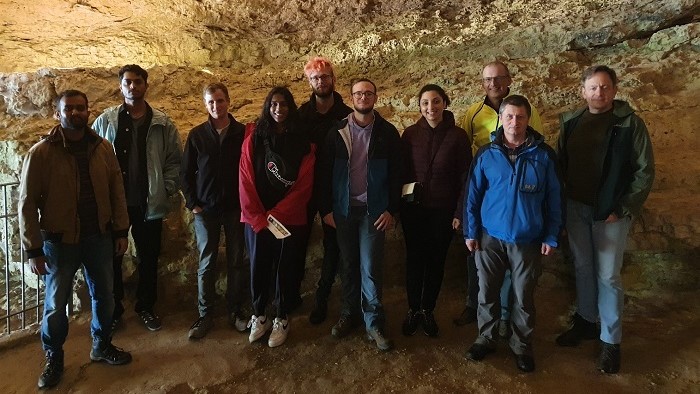This project was a continuation from the 3rd modeling seminar of the Elite Graduate Program “Scientific Computing”. A produced spring was to be automatically compared with the previously produced CAD design. A 3D scan of the produced component served as the data basis.
The work in this project consisted of re-examining the algorithms developed in the previous year and adapting them better to the geometry of a spring. Ultimately, this resulted in a higher-quality overall result. By incorporating more efficient data structures, the comparison was also accelerated.
Reinforcement Learning in Power Electronics
The focus is on the optimization of operating and component parameters in electronic circuits. Since the behavior of these circuits is very complicated, mathematical and programmatic methods are used for optimization. For these purposes, the circuits must first be mathematically modeled and then simulated.
The project involved optimizing the component parameters using a reinforcement learning algorithm. The optimization should additionally be improved by an extension of the used algorithm for different input and output variables.
Dynamics of elastic ropes
The background to this subject is the fastening of a ship to the quay wall or the towing of a ship. In both cases, an elastic connection is used, for example in the form of an elastic rope. The aim of the project was the mathematical, time-dependent modeling, numerical simulation and visualization of an elastic rope using suitable numerical methods. Using a wide variety of case scenarios, it was possible to demonstrate how the developed model works.
History of Franconian Switzerland
After the academic efforts, the region and nature were explored through a short hike. With a visit to the Devil's Cave in nearby Pottenstein, the participants gained an insight into the geology and early history of Franconian Switzerland.
Text: Maximilian Bauer, Coordinator of the Elite Graduate Program "Scientific Computing”


